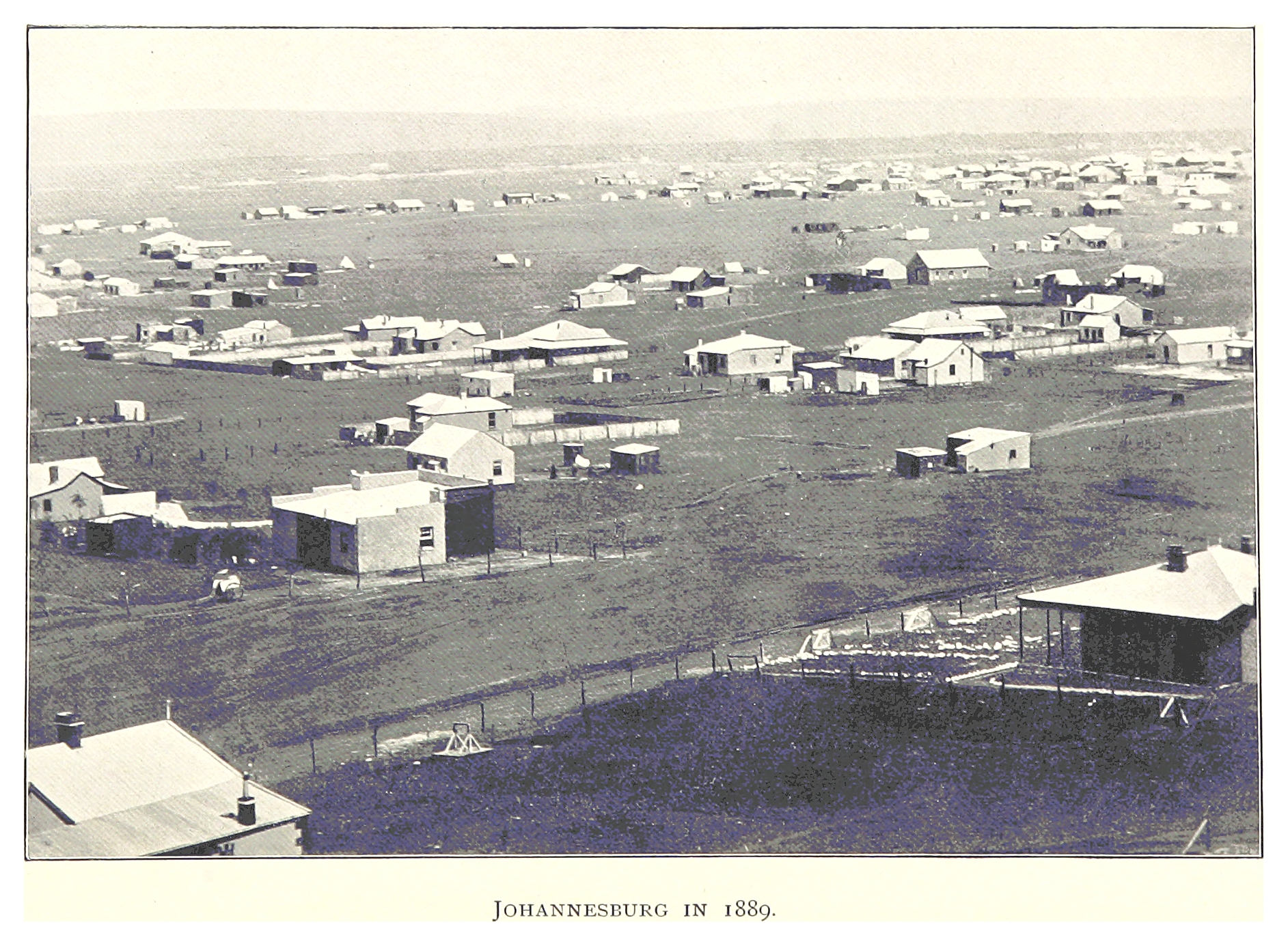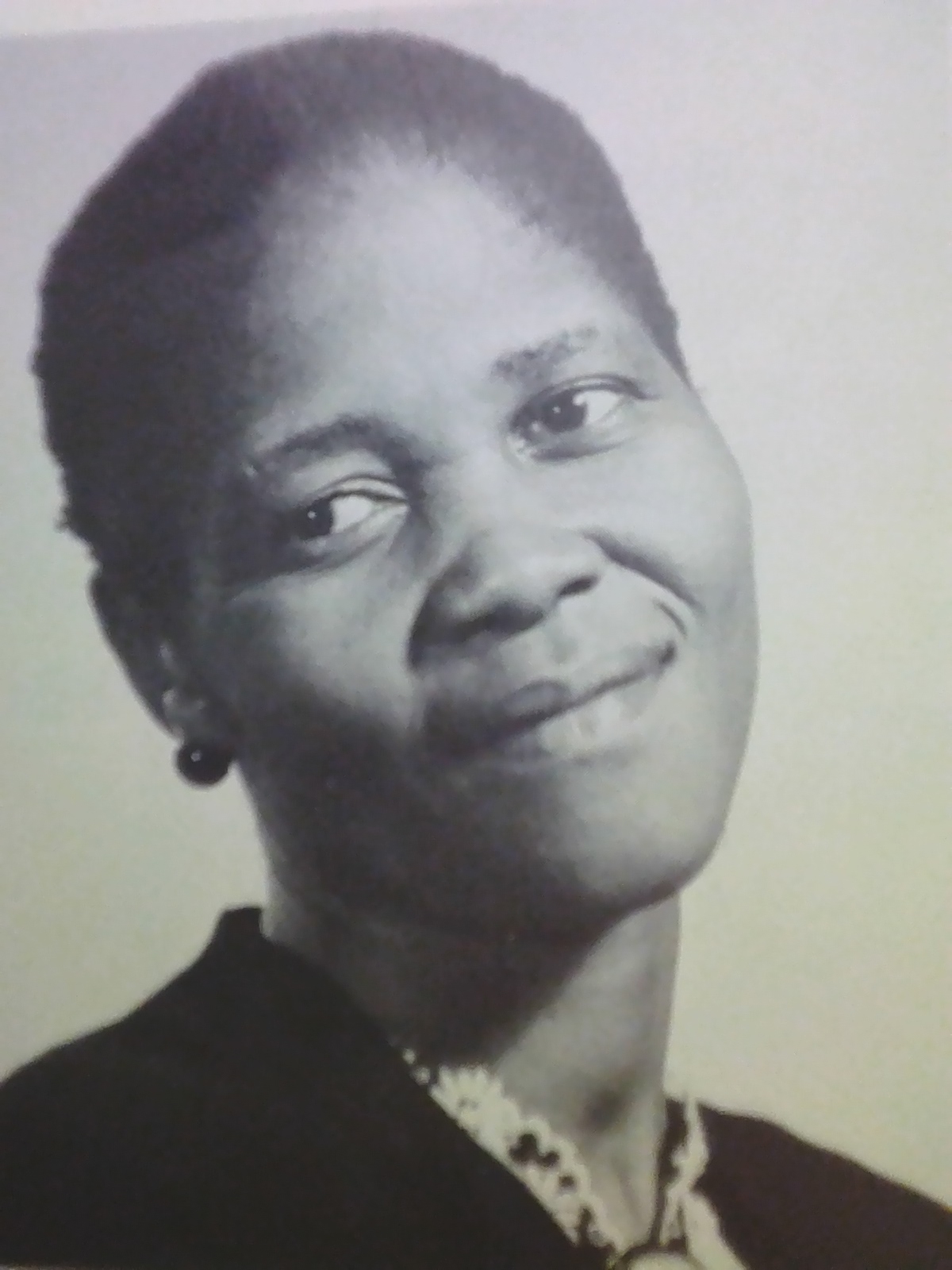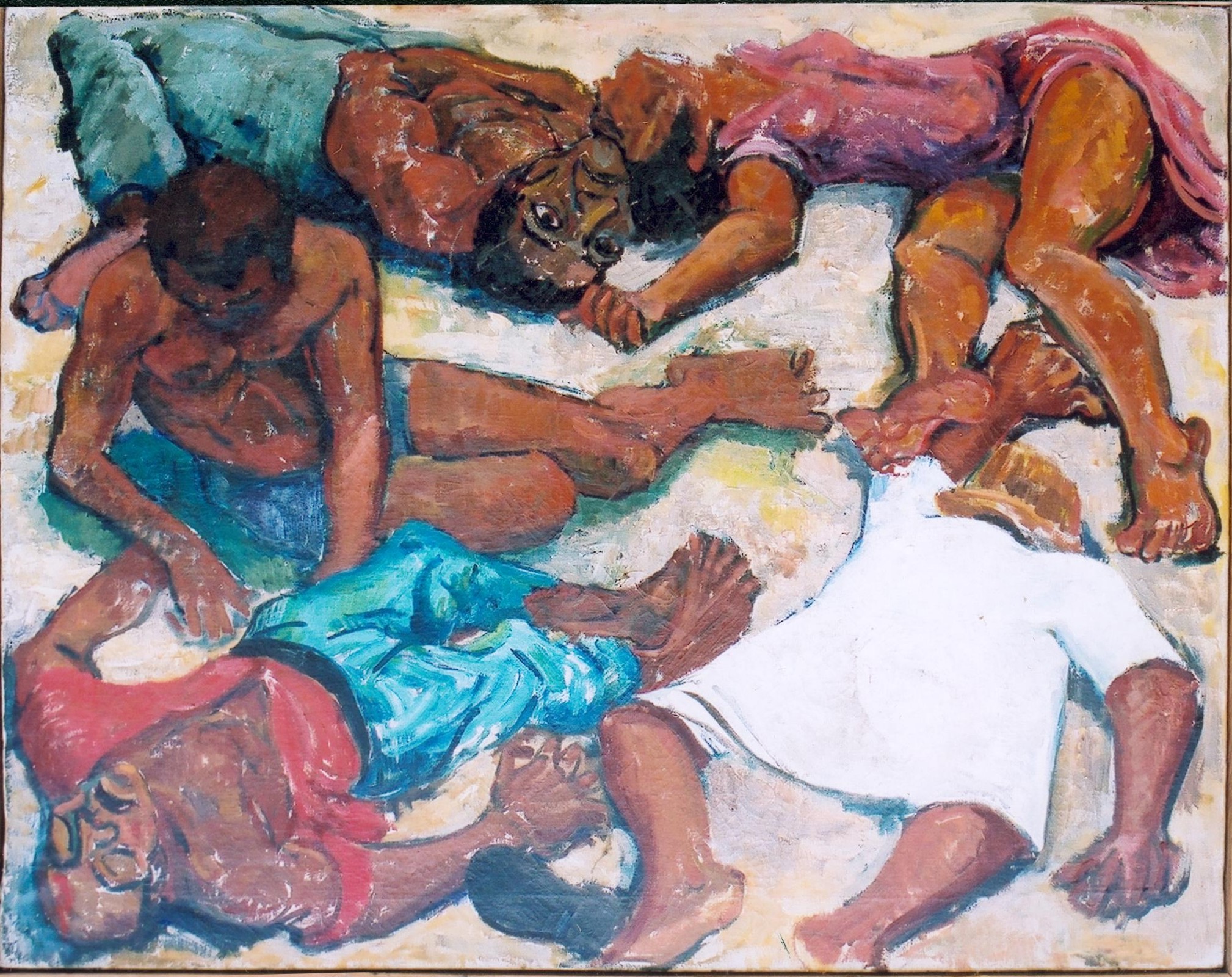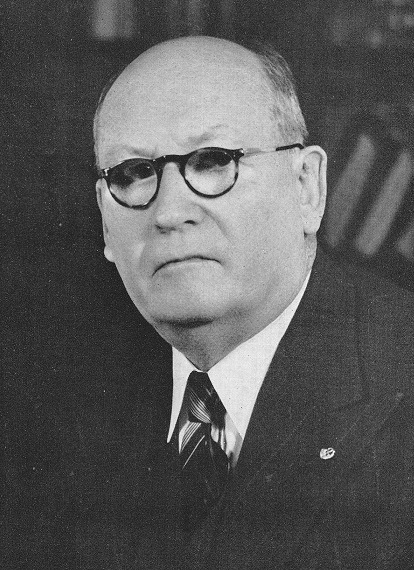|
Fatima Meer
Fatima Meer (12 August 1928 – 12 March 2010) was a South African writer, academic, screenwriter, and prominent anti-apartheid activist. Early life Fatima Meer was born in the Grey Streets of Durban, South Africa, into a middle-class family of nine, where her father M.I. Meer, a newspaper editor of TIV (The Indian View), instilled in her a consciousness of the racial discrimination that existed in the country. Her mother was Rachel Farrell, the second wife of Moosa Ismail Meer. Her mother was orphaned and of Jewish and Portuguese descent. She converted to Islam and changed her name to Amina. When she was 16 years old in 1944, she helped raise £1 000 for famine relief in Bengal, India. She completed her schooling at the Durban Indian Girls High School. When she was still a student she mobilized students to found the Student Passive Resistance Committee to gather funds for the Indian community's passive resistance campaign from 1946 to 1948. The committee led her to meet Y ... [...More Info...] [...Related Items...] OR: [Wikipedia] [Google] [Baidu] |
Ismail Chota Meer
Ismail Chota Meer (5 September 1918 – 1 May 2000), sometimes spelled Ismael Meer, was a South African lawyer, writer, and anti-apartheid activist. He was the secretary of the Transvaal Indian Congress during the presidency of Yusuf Dadoo, and he later held leadership positions in the Natal Indian Congress and South African Indian Congress. After the end of apartheid, he represented the African National Congress in the KwaZulu-Natal Legislature from May 1994 until his death in May 2000. Early life and education Meer was born on 5 September 1918 in Wasbank, Waschbank, a small town in northern Natal (province), Natal Province (now KwaZulu-Natal). His father, Chota Meer, had migrated from Surat, India to Natal in 1893, opening a general store called C. A. Meer in nearby Dundee, KwaZulu-Natal, Dundee. He was a teenager when his father's business collapsed during the Great Depression, and he moved to the urban centre of Durban to find work. He matriculated in 1939 at Sastri Co ... [...More Info...] [...Related Items...] OR: [Wikipedia] [Google] [Baidu] |
Sociology
Sociology is the scientific study of human society that focuses on society, human social behavior, patterns of Interpersonal ties, social relationships, social interaction, and aspects of culture associated with everyday life. The term sociology was coined in the late 18th century to describe the scientific study of society. Regarded as a part of both the social sciences and humanities, sociology uses various methods of Empirical research, empirical investigation and critical analysis to develop a body of knowledge about social order and social change. Sociological subject matter ranges from Microsociology, micro-level analyses of individual interaction and agency (sociology), agency to Macrosociology, macro-level analyses of social systems and social structure. Applied sociological research may be applied directly to social policy and welfare, whereas Theory, theoretical approaches may focus on the understanding of social processes and phenomenology (sociology), phenomenologic ... [...More Info...] [...Related Items...] OR: [Wikipedia] [Google] [Baidu] |
Union Buildings
The Union Buildings () form the official seat of the South African Government and also house the offices of the President of South Africa. The imposing buildings are located in Pretoria, atop Meintjeskop at the northern end of Arcadia, close to historic Church Square. The large gardens of the Buildings are nestled between Government Avenue, Vermeulen Street East, Church Street, the R104 and Blackwood Street. Fairview Avenue is a closed road through which only officials can enter the Union Buildings. Though not in the centre of Pretoria, the Union Buildings occupy the highest point of Pretoria, and constitute a South African national heritage site. The Buildings are one of the centres of political life in South Africa; "The Buildings" and "Arcadia" have become metonyms for the South African government. It has become an iconic landmark of Pretoria and South Africa in general, and is one of the most popular tourist attractions in the city and an emblem of democracy. The Bui ... [...More Info...] [...Related Items...] OR: [Wikipedia] [Google] [Baidu] |
Johannesburg
Johannesburg ( , , ; Zulu language, Zulu and Xhosa language, Xhosa: eGoli ) (colloquially known as Jozi, Joburg, Jo'burg or "The City of Gold") is the most populous city in South Africa. With 5,538,596 people in the City of Johannesburg alone and over 14.8 million in the urban agglomeration, it is classified as a Megacity#List of megacities, megacity and List of urban areas by population, one of the 100 largest urban areas in the world. Johannesburg is the provinces of South Africa, provincial capital of Gauteng, the wealthiest province in South Africa, and seat of the country's highest court, the Constitutional Court of South Africa, Constitutional Court. The city is located within the mineral-rich Witwatersrand hills, the epicentre of the international mineral and gold trade. The richest city in Africa by GDP and private wealth, Johannesburg functions as the economic capital of South Africa and is home to the continent's largest stock exchange, the Johannesburg Stock Exchang ... [...More Info...] [...Related Items...] OR: [Wikipedia] [Google] [Baidu] |
Johannesburg Trades Hall
The Trades Hall is one of the oldest Edwardian buildings in the city of Johannesburg. Beyond its architectural importance, the building has historical significance as the previous headquarters of the Trade Unions. It is associated with many historical events such as the 1922 Rand Revolt The Rand Rebellion (; also known as the 1922 strike) was an armed uprising of white miners in the Witwatersrand region of South Africa, in March 1922. Following a drop in the world price of gold from 130 shillings (£6 10s) per fine .... In 1986 it was listed as one of Johannesburg's 100 most important heritage buildings. References Office buildings in Johannesburg Heritage Buildings in Johannesburg Trade union buildings Office buildings completed in 1914 1914 establishments in South Africa Labour movement in South Africa {{SouthAfrica-struct-stub ... [...More Info...] [...Related Items...] OR: [Wikipedia] [Google] [Baidu] |
Federation Of South African Women
The Federation of South African Women (FEDSAW) was a political lobby group formed in 1954. At FEDSAW's inaugural conference, a Women's Charter was adopted. Its founding was spear-headed by Lillian Ngoyi. Introduction The Federation of South African Women (FEDSAW) was a multi-racial women's organization and lobby group which organized and protested against the institutional Apartheid, Apartheid Regime that was present throughout South Africa. Whilst South Africa had many forms of societal segregation prior to Apartheid, its institutionalization through governmental policy led its founders to organize against several issues, such as rising costs and the pass law system. As a result, FEDSAW became part of the Congress Alliance, an anti-apartheid coalition led by the African National Congress (ANC). The organization is also most notable for organizing the Women's March (South Africa), Women's March 1956, one of the largest protests of the pass laws to take place in the 1950s. FEDSAW ... [...More Info...] [...Related Items...] OR: [Wikipedia] [Google] [Baidu] |
Ban (law)
A ban is a formal or informal prohibition of something. Bans are formed for the prohibition of activities within a certain political territory. Some bans in commerce are referred to as embargoes. ''Ban'' is also used as a verb similar in meaning to "to prohibit". Etymology In current English usage, ''ban'' is mostly synonymous with ''prohibition''. Historically, Old English ''(ge)bann'' is a derivation from the verb ''bannan'' "to summon, command, proclaim" from an earlier Common Germanic ''*bannan'' "to command, forbid, banish, curse". The modern sense "to prohibit" is influenced by the cognate Old Norse ''banna'' "to curse, to prohibit" and also from Old French ''ban'', ultimately a loan from Old Frankish">-4; we might wonder whether there's a point at which it's appropriate to talk of the beginnings of French, that is, when it wa ... ''ban'', ultimately a loan from Old Frankish, meaning "outlawry, banishment". The Indo-European etymology of the Germanic term is from a root ... [...More Info...] [...Related Items...] OR: [Wikipedia] [Google] [Baidu] |
Internal Resistance To Apartheid
Several independent sectors of South African society opposed apartheid through various means, including social movements, passive resistance, and guerrilla warfare. Mass action against the ruling National Party (South Africa), National Party (NP) government, coupled with South Africa's growing international isolation and economic sanctions, were instrumental in leading to Negotiations to end apartheid in South Africa, negotiations to end apartheid, which began formally in 1990 and ended with South Africa's 1994 South African general election, first multiracial elections under a universal franchise in 1994. Apartheid was adopted as a formal South African government policy by the NP following their victory in the 1948 South African general election, 1948 general election. From the early 1950s, the African National Congress (ANC) initiated its Defiance Campaign of passive resistance. Subsequent civil disobedience protests targeted curfews, pass laws, and "petty apartheid" segregati ... [...More Info...] [...Related Items...] OR: [Wikipedia] [Google] [Baidu] |
National Party (South Africa)
The National Party (, NP), also known as the Nationalist Party, was a political party in South Africa from 1914 to 1997, which was responsible for the implementation of Apartheid, apartheid rule. The party was an Afrikaner nationalism, Afrikaner ethnic nationalist party, which initially promoted the interests of Afrikaners but later became a stalwart promoter and enactor of white supremacy, for which it is best known. It first became the governing party of the country in 1924. It merged with its rival, the South African Party (SAP), during the Great Depression, 1929-1939 Great Depression, and a splinter faction, the Herenigde Nasionale Party, Re-United National Party became the official opposition during World War II and won power in 1948. With the National Party governing South Africa from 1948 South African general election, 4 June 1948 until 1994 South African general election, 9 May 1994, the country for the bulk of this time was only a ''de jure'' or partial democracy, as ... [...More Info...] [...Related Items...] OR: [Wikipedia] [Google] [Baidu] |
Sea Cow Lake, Durban
Sea Cow Lake is a residential area in central Durban, KwaZulu-Natal, South Africa South Africa, officially the Republic of South Africa (RSA), is the Southern Africa, southernmost country in Africa. Its Provinces of South Africa, nine provinces are bounded to the south by of coastline that stretches along the Atlantic O .... References Suburbs of Durban {{KwaZuluNatal-geo-stub ... [...More Info...] [...Related Items...] OR: [Wikipedia] [Google] [Baidu] |
Springs, Gauteng
Springs is a former independent city that is now part of the Ekurhuleni Metropolitan Municipality, City of Ekurhuleni, based in the east of Johannesburg (East Rand), in Gauteng Province, South Africa. It lies east of Johannesburg and southeast from Pretoria. Its name derives from the large number of spring (hydrosphere), springs in the area, and its estimated population is more than 121,610 in 2011. It is situated at above sea level. During the apartheid-era, the city was racially segregated under the Group Areas Act. These consisted of middle and upper-income white suburbs around the city centre and the Indian area of Bakerton east of the CBD. A community of black Africans were living in a "black spot" of Springs known as Payneville. The Town Council ordered the creation of a new black township to relieve overcrowding in Payneville. In the 1950s the residents were forcibly removed and relocated to the newly created, KwaThema, southwest of the CBD. Springs has a high concentra ... [...More Info...] [...Related Items...] OR: [Wikipedia] [Google] [Baidu] |
Cato Manor
Cato Manor is a settlement located from the city centre of Durban, South Africa. It was formed when Indian market gardeners came to settle in the area some time after it was given to George Christopher Cato in 1865, who was the first mayor of Durban in 1854. The area attracted attention during the Apartheid era. History Cato Manor became recognised when Black Africans came to settle in during the 1920s, and rented land from Indian landlords who were there since the early 20th century. To earn a living, people started brewing beer and selling it in the streets of Durban to the workers. The local authorities welcomed people in town for labour but had fears of being overwhelmed by their population. The Durban System Local authorities then started the so-called Durban system which required permits from people who were in town to restrict the influx of population. The authorities then instituted the Native Beer Act of 1908, which allowed the municipality to brew and sell beer for ... [...More Info...] [...Related Items...] OR: [Wikipedia] [Google] [Baidu] |









